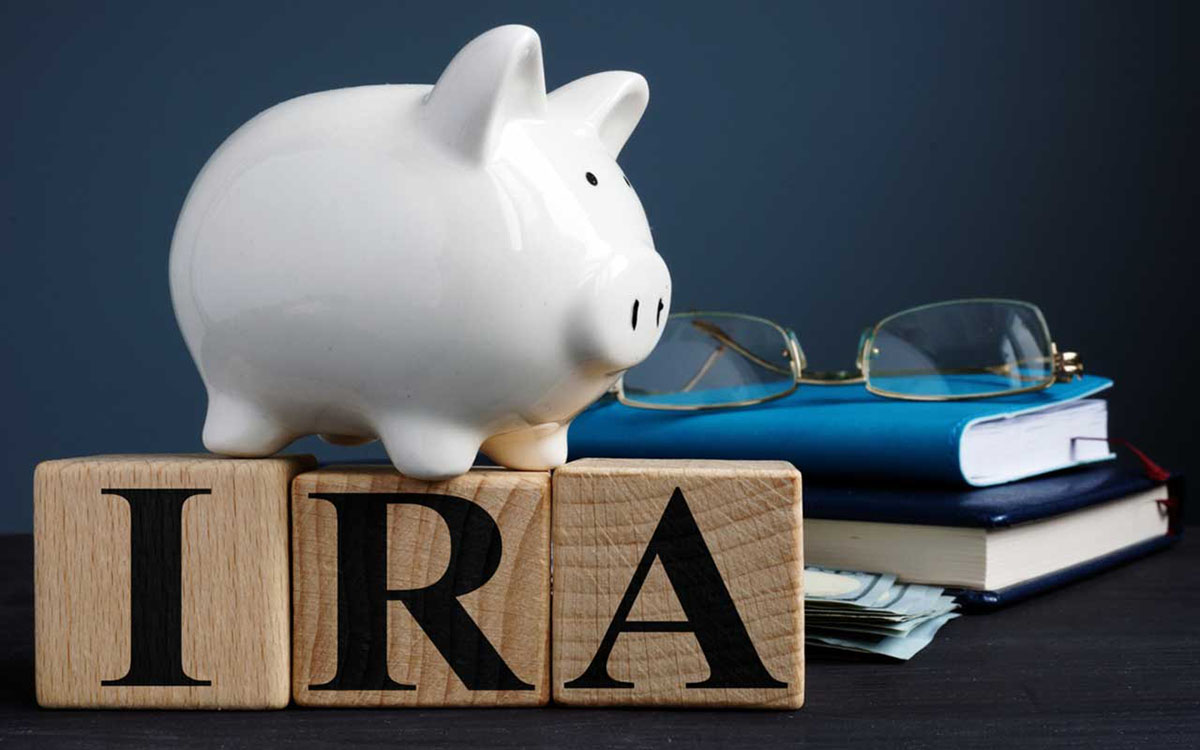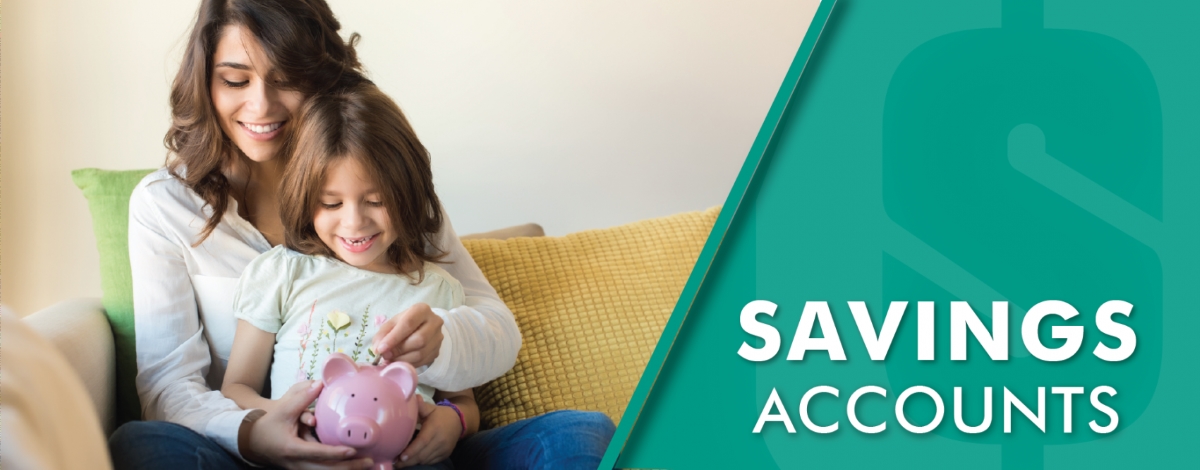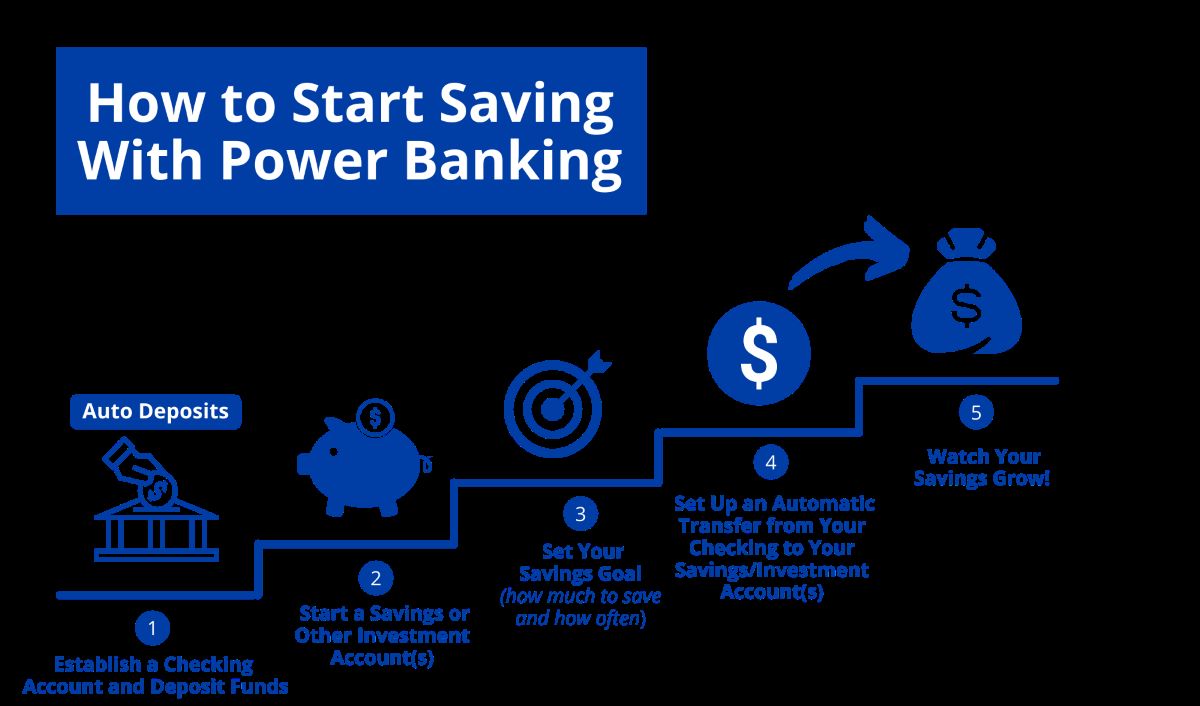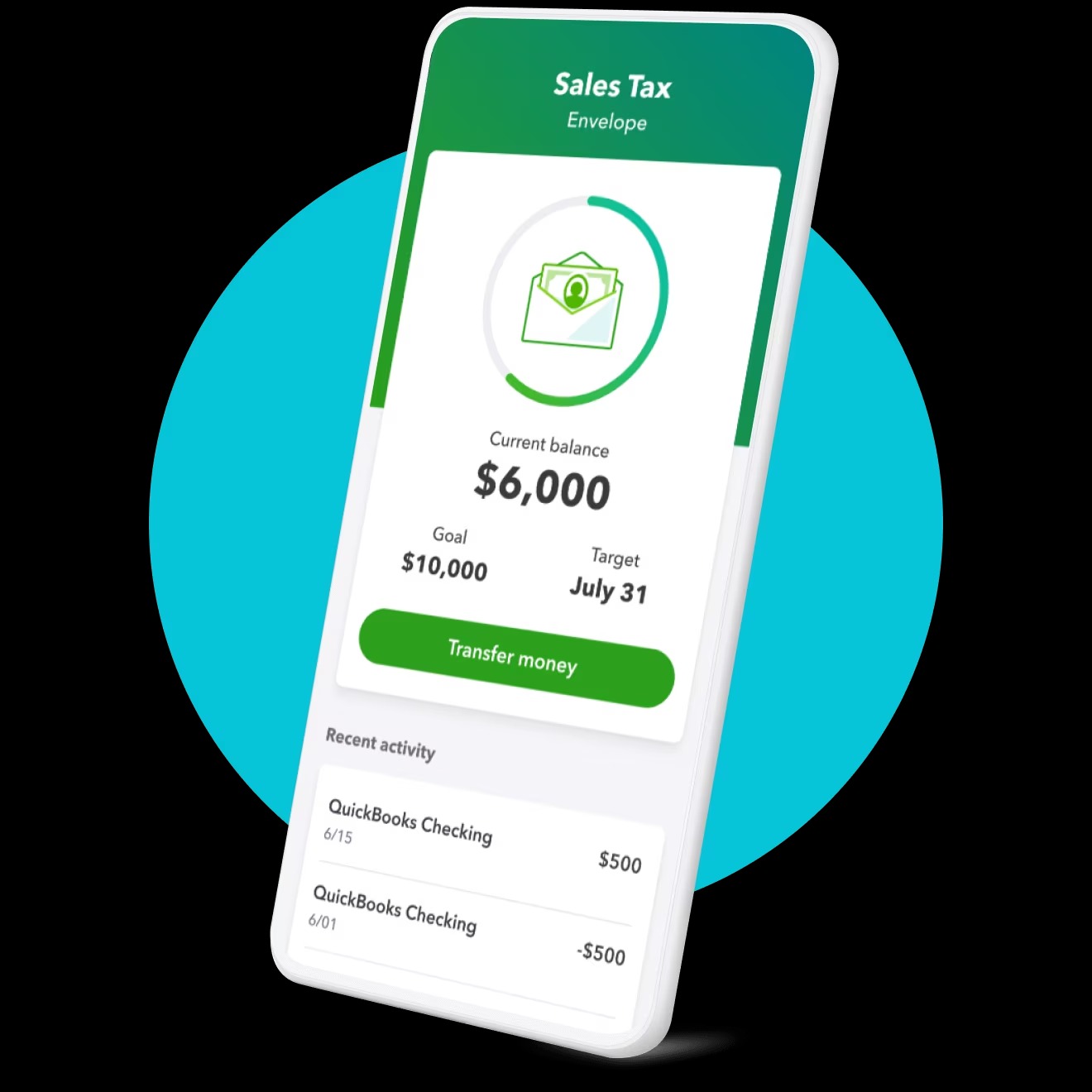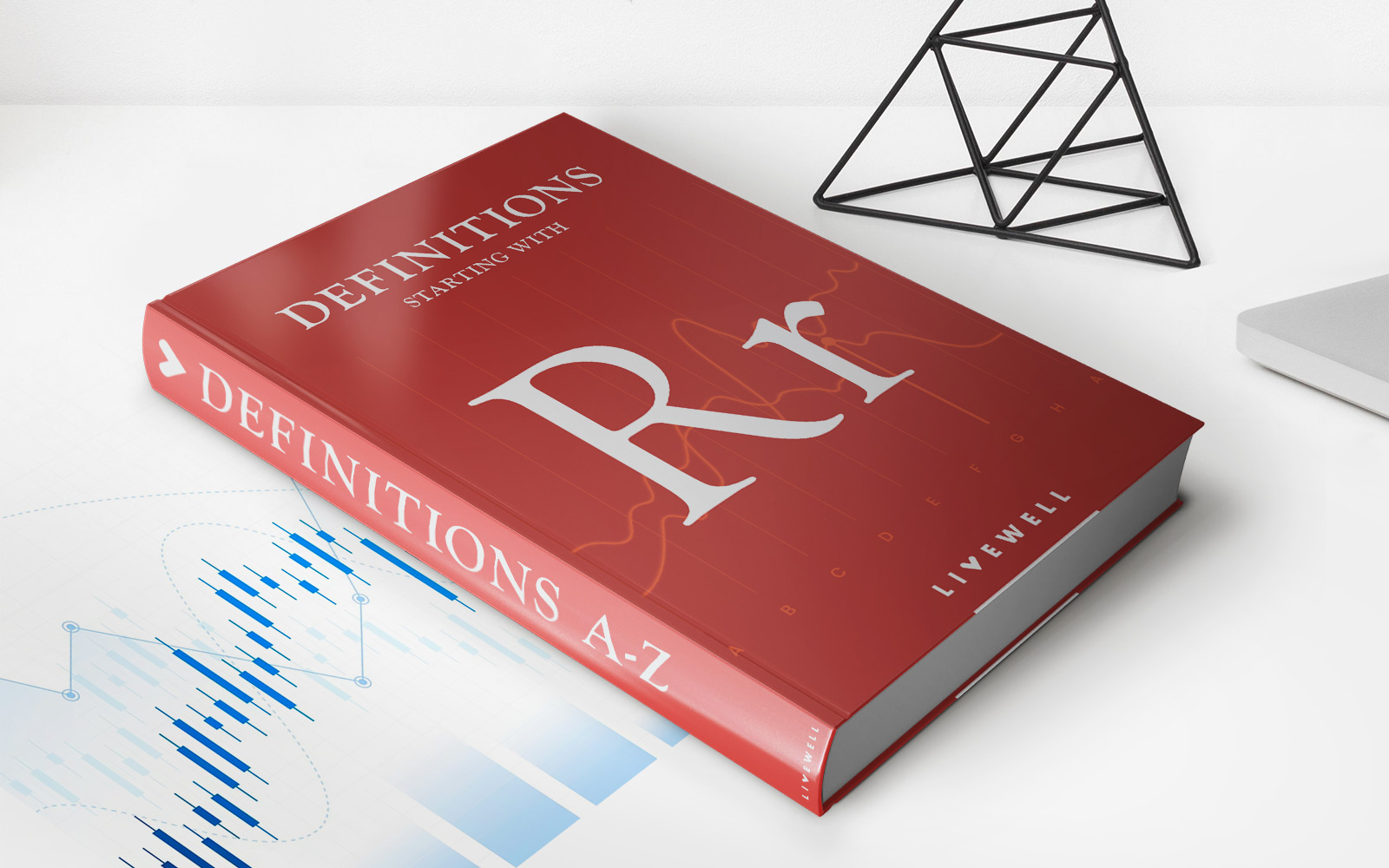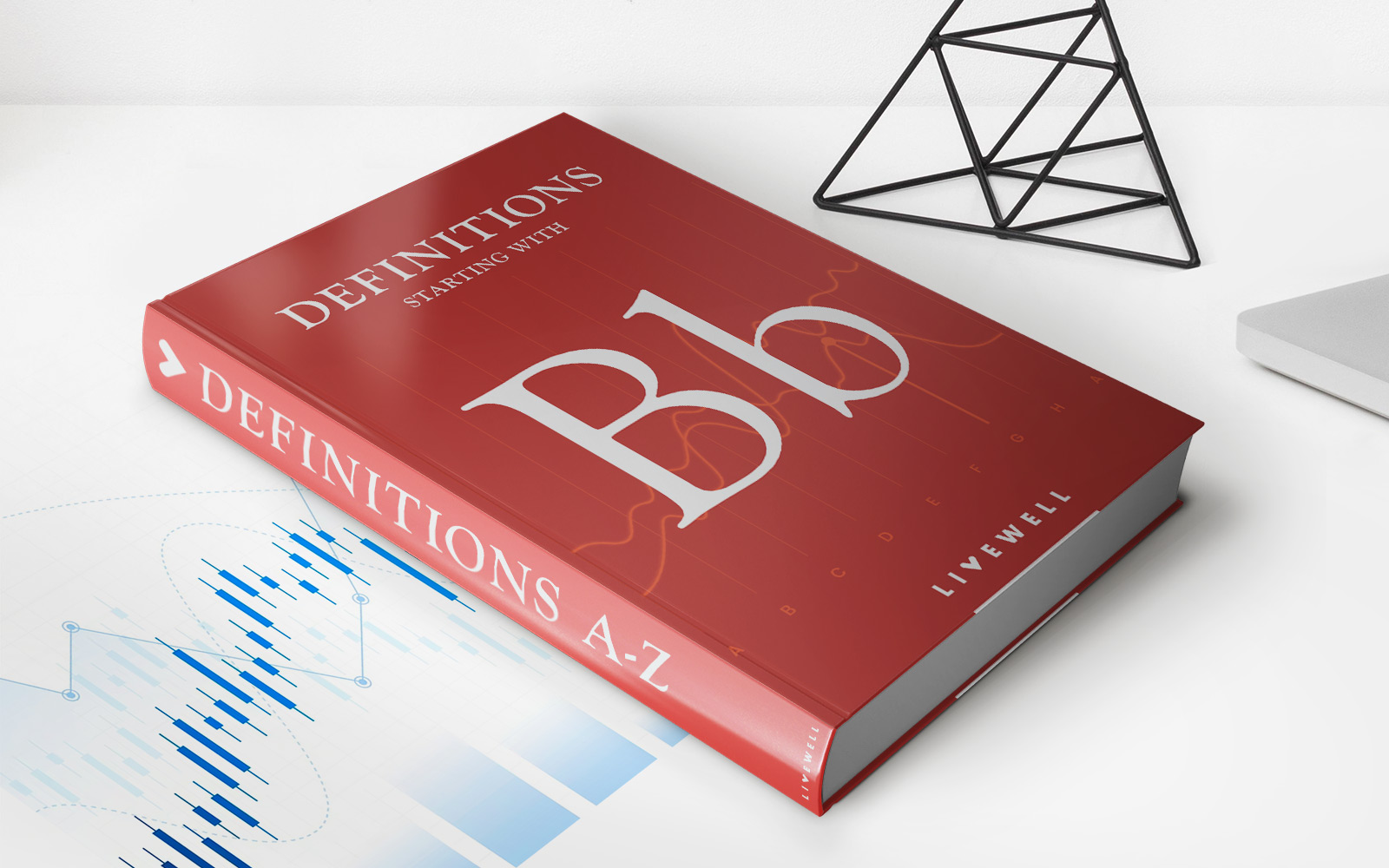Home>Finance>Checking vs. Savings Account: What Are Their Differences?


Finance
Checking vs. Savings Account: What Are Their Differences?
Modified: September 6, 2023
Explore the differences between checking vs savings accounts, their features and benefits to determine which account you need for your financial goals.
(Many of the links in this article redirect to a specific reviewed product. Your purchase of these products through affiliate links helps to generate commission for LiveWell, at no extra cost. Learn more)
In opening a bank account, checking vs savings account are two of the most common options. Each of these accounts has different features and benefits that will help you with growing your money and reaching financial stability.
What are the differences then, between your checking vs savings account? Let us break down each account’s feature by different factors such as Accessibility, Account Fees, Interest Rates, and Debit Cards to determine which one you need.
Checking Accounts
A checking account is designed for your everyday, frequent transactions. It offers debit cards and checks that are made for spending. You can also access and manage your money online or by going to a branch. Checking accounts provides a secure and convenient way to make deposits or payments, pay bills, and transfer money.
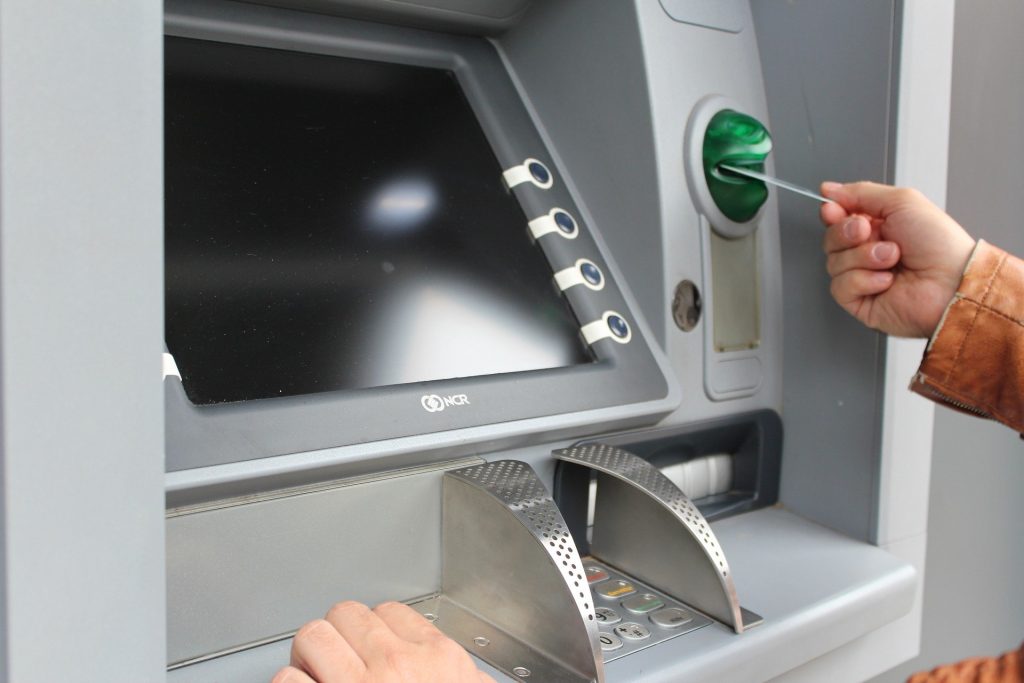
Photo by Peggy and Marco Lachmann-Anke from Pixabay
Accessibility
Generally, a checking account does not have transaction limits and has free access to ATM networks. These accounts are transactional accounts that allow account holders to withdraw money frequently. However, it may have daily withdrawal limits that control how much you can take out of your account daily.
Account Fees
Your checking account carries fees for a list of services or missteps of an account holder. These may include using the ATM of another bank, not carrying a high enough balance or covering an overdraft. Banks attach these fees because they cannot count on your money staying in checking accounts for too long. Thus, they hold a greater amount of your money.
Through fees, banks make money on checking accounts. They may earn money based on point-of-sale transactions when you use your debit card for a purchase. Banks also incur administrative costs by keeping a close eye on a lot of transactions.
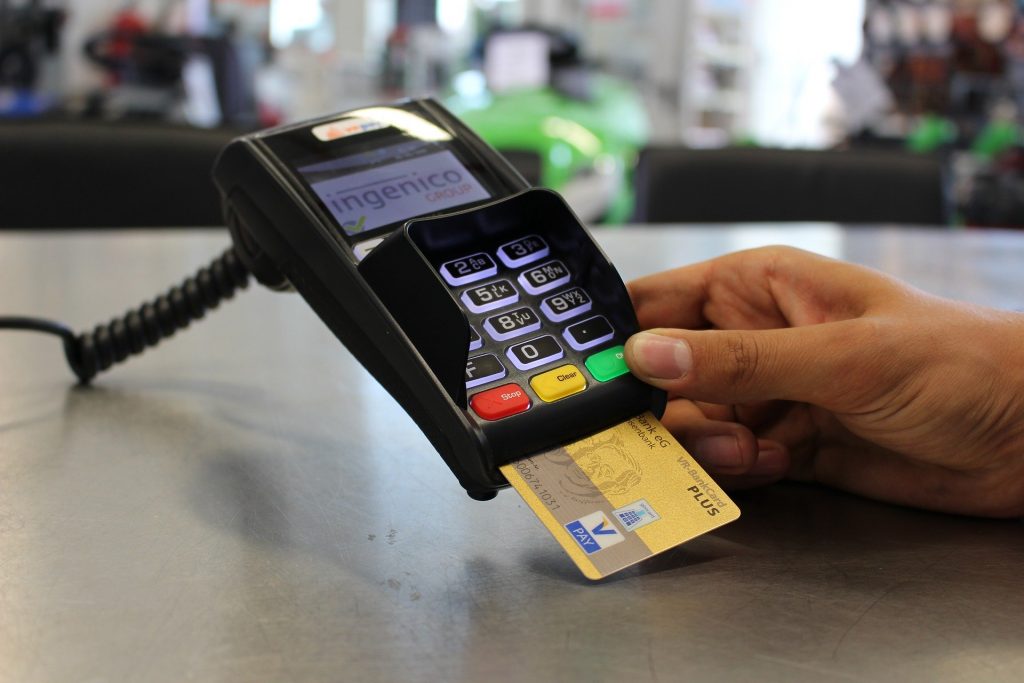
Photo by flyerwerk on Pixabay
However, there are ways to avoid these fees. You may be able to waive the monthly maintenance fee by having a qualifying direct deposit, a bank having an account that reimburses foreign ATM fees or a bank with ATM out of its network.
Interest Rates
Most traditional checking accounts do not make interest payments to account holders. It does not matter how much money is in the account. If you shop around, you can also find checking accounts that pay interest. But the downside is that they tend to pay lower interest than a savings account or a money market account.
Debit Cards
A checking account allows access to debit cards for payments, everyday transactions, and spending. For online payments, you can enter your debit card information or swipe the card for in-person purchases. Debit cards also work for cash withdrawals and even deposits at ATMs.
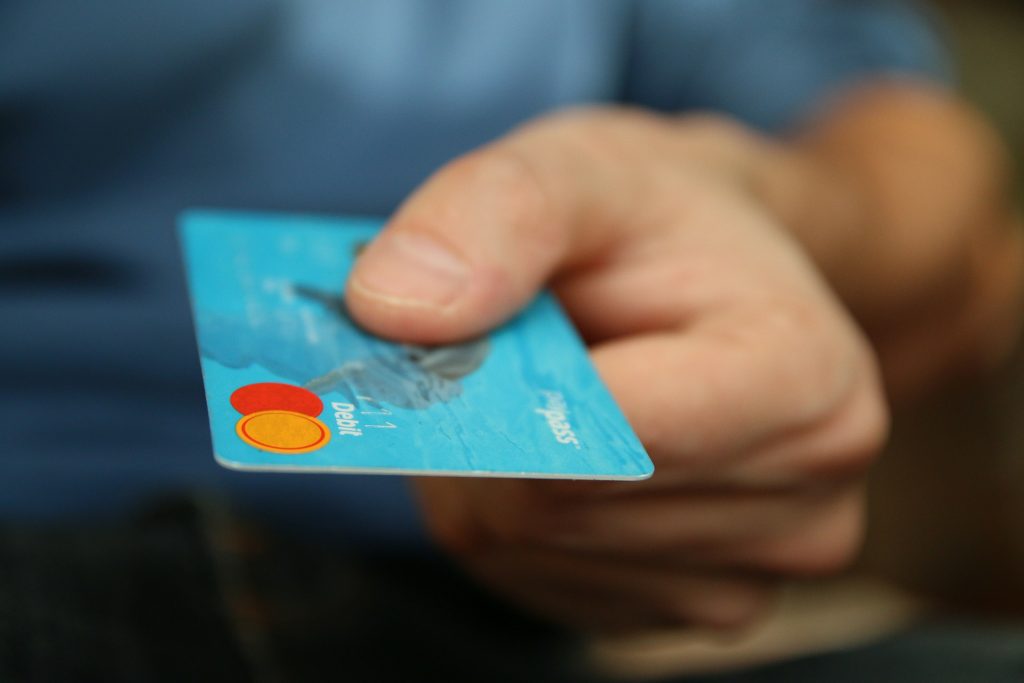
Photo by Image by Michal Jarmoluk on Pixabay
Automatic Bill Pay
To make transactions more convenient, online transactions are possible with checking accounts. An account holder can set up automatic bill pay for recurring payments such as phone/electric/water bills, rent, and even one-time payments.
With online banking, simply log in to your account to set up the payment, and the bank will send the funds electronically or mail a check.
Savings Account
A savings account typically has higher interest rates and is less expensive than a checking account. Depending on various factors, interest rates can fluctuate. It makes it easy for you to grow your money faster over time. Many people use their savings account for a specific goal such as an emergency fund or to help them build wealth.
Aside from this account, some of the most common short-term savings options include money market accounts and certificates of deposit or CDs. Because savings accounts have a more focused purpose, they may have limited functionality.
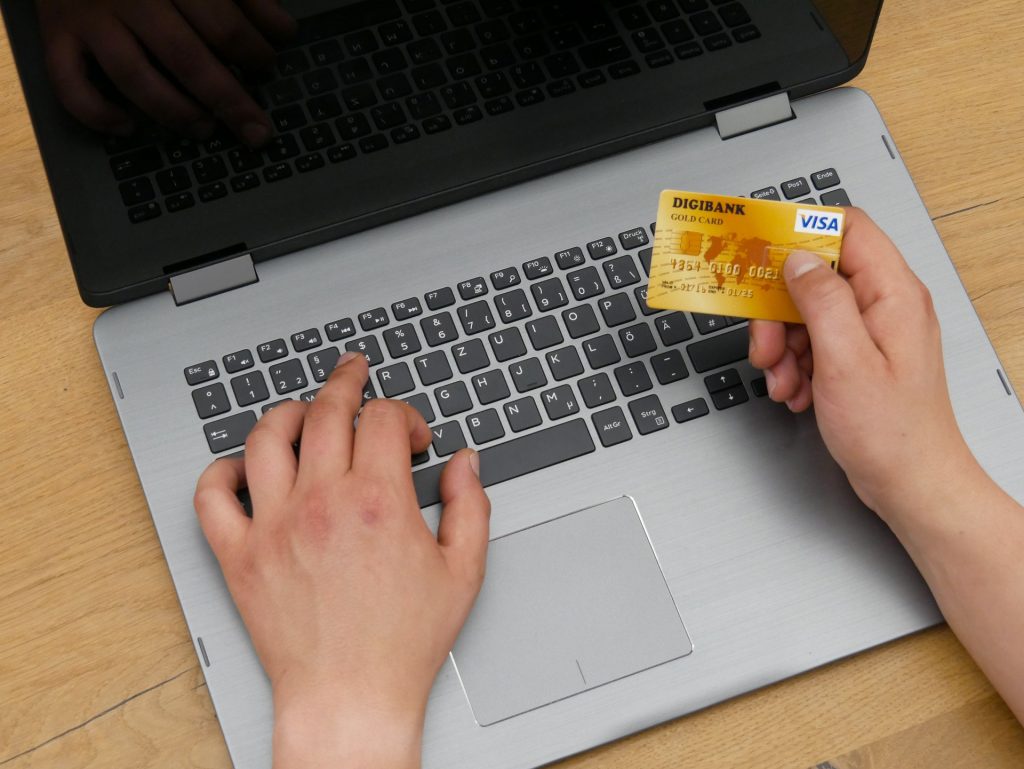
Photo by Kredite from Pixabay
Accessibility
Federal limits allow making transfers and some withdrawals but you are limited to six times a month. You can do this physically or through online banking, amongst other methods. But if you go over the limit, it can result in excess-transaction fees or your bank might convert your account to a checking account if you do it multiple times.
Account Fees
For savings accounts, ATM fees are common but less so for monthly fees. Banks make money off the difference between the interest rate on the loans they fund with your money and the interest rate they pay you. Because of that, banks typically charge small fees in savings accounts.
Interest Rates
A savings account may be able to help you earn a little more cash over time, even though current yields may not be great. You can shop around to get the best interest rate on your savings account. During the past few years, yields have significantly improved.
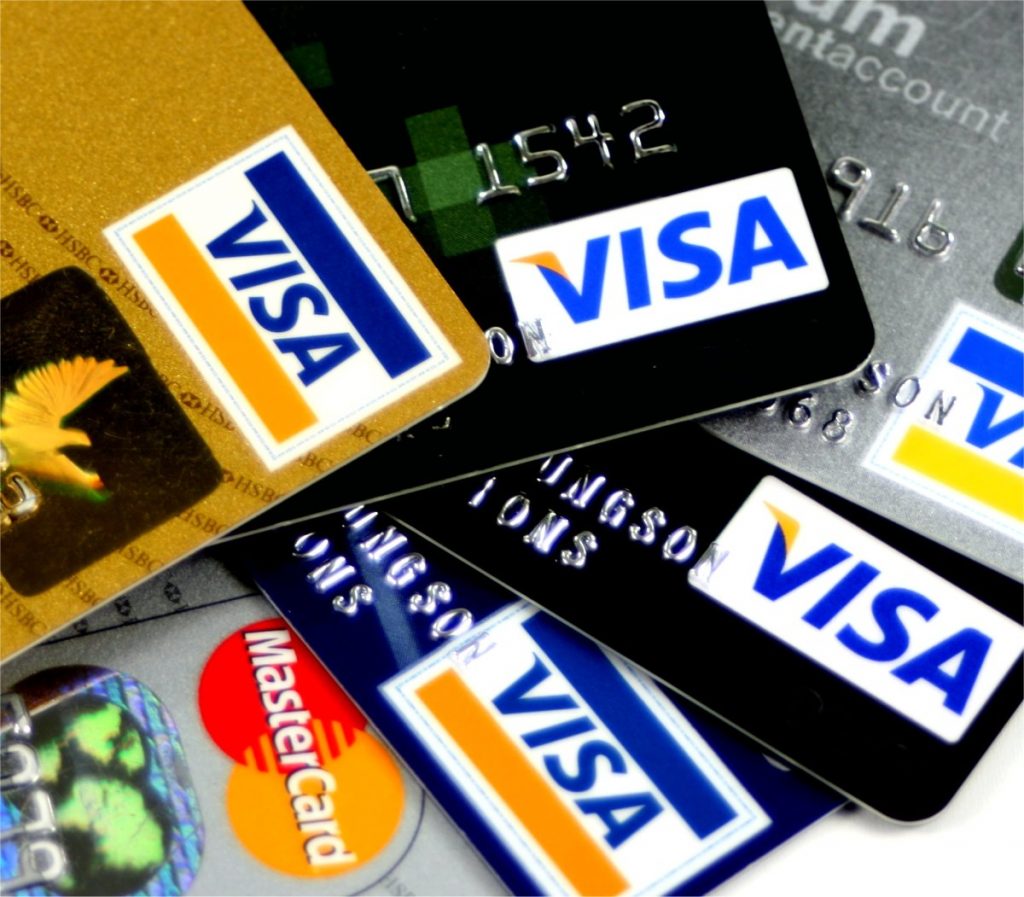
Photo from picpedia.org
Debit Cards
Unlike the checking account, the money in a savings account is hard to spend directly. It typically does not have debit cards or check-writing privileges attached to them.
You will need to withdraw or transfer the money before you spend it. You can initiate a wire transfer from your savings account, but it will fall under the limit of six transactions per statement cycle.
Why You Need Both A Checking & A Savings Account
Both checking and savings accounts have their own purposes. The top reason to keep your money in checking account is to have a transaction account. This is where you will pay your monthly bills, have money electronically drawn from to pay bills, or where you will write checks. Checking accounts also give you access to financial products like investment accounts or savings accounts.
When you look at checking vs savings accounts, savings accounts earn much more interest compared to checking accounts. It is where you should deposit money for funds you are not planning to use but would need for emergency expenses. Also, it is a place for other accumulated funds like money to save for a down payment on a house.

Photo from Max Pixel
If you have both your checking and savings accounts at the same bank, it is easier for you to manage your money. It also transfers money between accounts typically within minutes. But it still depends on the bank you are using.
On the downside though, you may be able to find the best checking and savings accounts in the same bank. Thus, consider opening a high-yield savings account at a different bank. Always make sure to have enough money in both of your banks to avoid fees.
In choosing between a checking vs. savings account, you need to consider a few things. Determine how often you will need to access your funds, what fees you may have to pay, or the features you would like to have. Having both checking vs. savings account can be useful, as they can help you achieve your financial goals.



